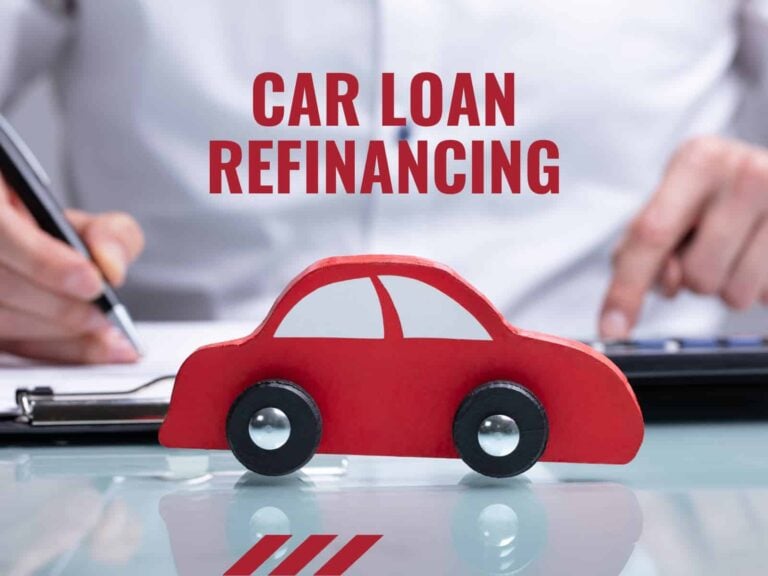South Dakota Debt Settlement
South Dakota, home to 884,659 residents, has the fifth lowest population within the United States, despite covering an area of 75,8111 square miles that places it seventeenth in terms of geographic size.
Given its relatively small population and somewhat significant size, South Dakota ranks fifth lowest nationally in population density, with only 11.44 residents per square mile. Much of the population resides in the eastern part of the state, where the area’s fertile soil aids in the growth of a variety of crops including corn, soybeans and wheat.

The economy of the western portion of the state relies upon ranching, defense spending and tourism, with Mount Rushmore and the Black Hills Caves being major destinations for tourists. The state is also home to several prominent Indian reservations that house a total of nine casinos, including those at Pine Ridge and Standing Rock.
Additionally, the Sturgis Motorcycle Rally attracts well over 500,000 visitors each year, spanning ten days, especially significant given that the entire state population is less than one million. According to the St. Louis Fed, Total Gross State Product for South Dakota in 2018 came in at $52.0 billion, ranking 48th in the nation. On balance, the most significant contributing industries to the South Dakota economy are retail, health care and finance, with Citibank having established national headquarters in the state back in 1981.
Government spending also accounts for approximately ten percent of South Dakota Gross State Product, with Ellsworth Air Force Base acting as the second largest employer in the state.
The presence of cattle (the state has an estimated five beef cattle per resident) and hogs lend themselves to the meat-packing industry serving as a significant economic contributor, along with ethanol production, in which South Dakota ranks sixth in the nation.
Manufacturing of food processing and electronics represent approximately ten percent of the state’s labor force, with more than $1.5 billion of manufactured goods exported annually. South Dakota’s 2018 median household income level of $56,274 was 9.1% lower than the national median household income level of $61,937.
South Dakota Economic and Debt Statistics
According to the Bureau of Labor Statistics, South Dakota’s unemployment rate stood at 3.4% as of December 2019, slightly lower than the national average of 3.5%. South Dakota residents rank 22nd nationally in the amount of household credit card debt held, checking in at an average level of $7,362, 21.1% less than the national average of indebted households of $9,333. In terms of FICO scores, compared with the 2019 nationwide average FICO score of 703, the typical South Dakota resident’s 2019 FICO score of 727 is notably higher, and ranks the state tied for second (with North Dakota) nationwide.
South Dakota Economic and Debt Statistics
According to the St. Louis Fed, as of Q4 2018, the South Dakota home ownership rate checked in at 69.5%, significantly higher than the national rate of 64.8%. Meantime, a recent Experian report shows average mortgage debt level of $150,913, representing an increase of 1.5% compared to 2018, placing it 34th in the nation. According to Zillow, the median sales price of a home in South Dakota during 2019 was $206,927. Regarding student loans, data compiled in 2019 by Experian indicates that average student loan debt for South Dakota borrowers is $28,782, 18.6% lower than the national average of $35,359, 6.3% higher than in 2018 and 18.2% higher than in 2014.
South Dakota Residents and Debt Settlement
If you are a resident of South Dakota and are currently burdened by high levels of unsecured debt – including credit card accounts, private student loans, unpaid medical bills and personal loans – the process of pursuing debt settlement may make sense for you.
Debt settlement occurs when a debtor successfully negotiates a payoff amount for less than the total balance owed on a debt. This lower amount is agreed to, by the creditor or collection agency and is fully documented in writing.
Ideally, this lower negotiated amount is paid off in one lump sum, but it can be paid off over time. Though creditors are under no legal obligation to accept debt settlement offers, negotiating and paying lower amounts to settle debts is far more common than many people realize.
South Dakota Consumer Debt Laws
Credit Card companies and other creditors are permitted to contact South Dakota residents directly regarding debts, particularly in a situation involving delinquent payments. However, debt collection agencies are required to comply with the the Federal Fair Debt Collection Practices Act (FDCPA), and are therefore prohibited from taking certain actions.
Under the FDCPA, collection agencies are prohibited from informing employers about a debt or attempting to collect a fee in excess of any debt owed. Debt collection agencies are also prohibited from communicating in a manner that simulates a judicial process or gives the appearance of a governmental action.
Additionally, debt collection agencies are prohibited from contacting debtors or debtor family members at unusual hours or with a frequency that may be reasonably construed under the law as harassment or abuse.
Unfortunately, unlike many other states, South Dakota does not have its own state law governing debt collection tactics, leaving its residents somewhat vulnerable to predatory practices that may be beyond the scope of the FDCPA.
Although South Dakota law does require debt collectors to pay a fee and obtain a license, its residents are unlikely to successfully pursue a lawsuit in the event a collector fails to do so. South Dakota residents will receive the most consumer protection from harassing and potentially abusive debt collection methods under the FDCPA.


South Dakota Statute of Limitations on Debt Collection
When sufficient time passes in a situation in which consumer debts have gone unpaid, a debt collector can lose the legal right to sue for non-payment. In South Dakota, the statute of limitations on debt collection is six years for open credit card accounts, six years for written and oral contracts, and six years for promissory notes.
For any time period, the clock begins ticking from the “date of default,” which is typically thirty days after the last payment was actually made. When debts remain unpaid prior to the statute time period elapsing in full, creditors maintain legal right to sue you for non-payment and are permitted to engage debt collection agencies who can make persistent attempts at collection – provided they remain within the bounds of the FDCPA.
Debt Settlement - Do It Yourself?
Getting out of debt is never an easy process. If debt settlement is the right avenue for you to pursue, be honest with yourself. Decide whether you possess the background, strength and fortitude to negotiate directly with creditors yourself – or whether engaging the services of an experienced and reputable debt settlement company will serve your needs best.
Remember, the goal is to save the greatest amount of money and time while minimizing any ensuing damage to your credit score and profile. A reputable debt settlement company will provide a realistic estimate and time frame for making offers to your creditors that can ultimately result in settlements that save you significant amounts of money, time, and aggravation.
Contact us here at United Settlement, where our experienced credit counselors possess relationships with the major credit card lenders and a broad understanding of the debt marketplace. We can help you navigate these waters successfully.
Debt Resources & Additional Reading
Additional Related Insights & Articles
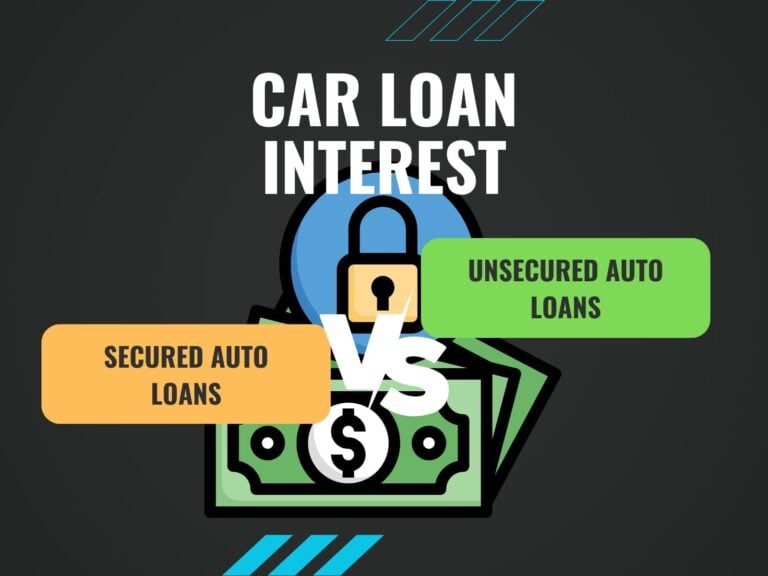
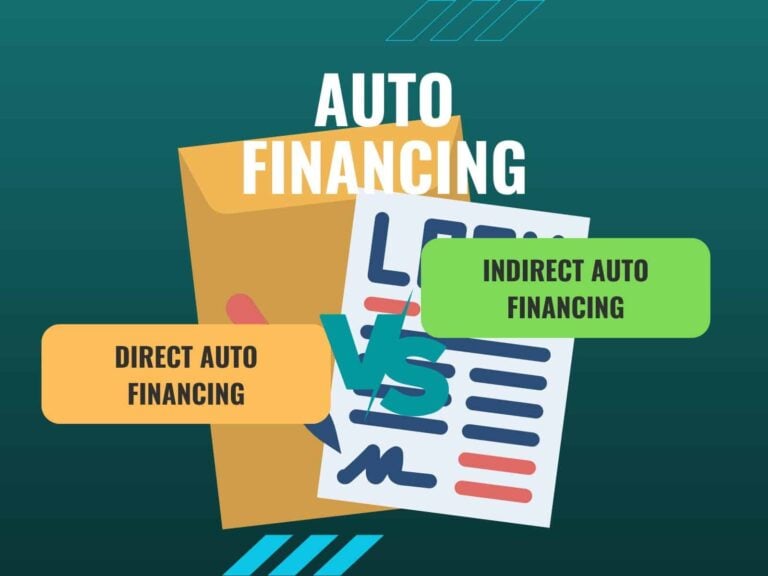
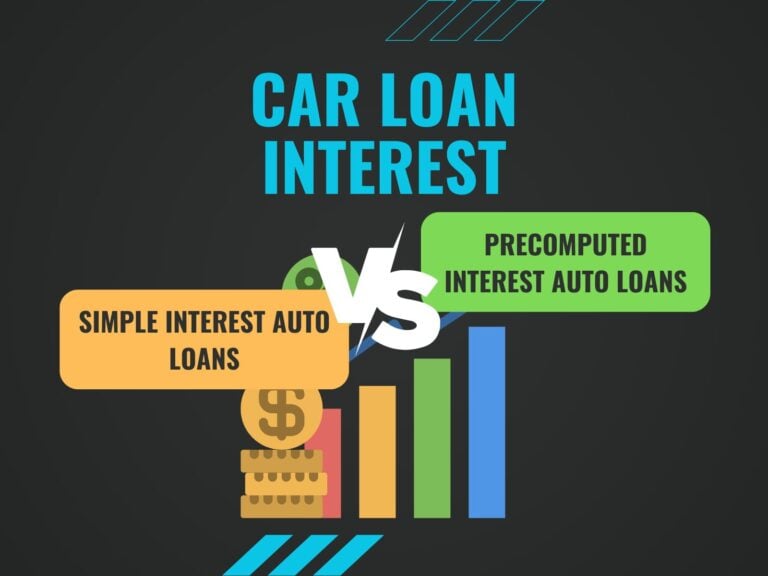
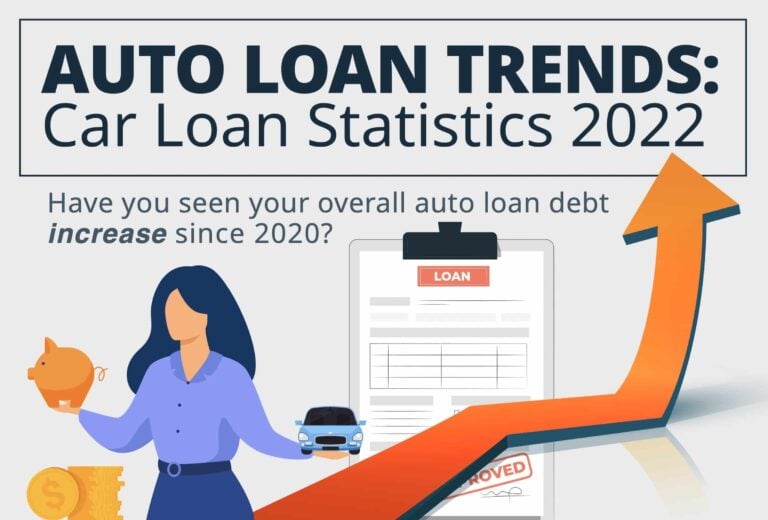



Debt Relief Reviews

Ready To Get Started?
See if you qualify for debt relief. Get a Free savings estimate to see how quickly you can be debt free.
Embrace financial freedom with our tailored solutions, expert guidance, and unwavering commitment to your success.
Experienced Professionals
Our experienced team has helped thousands of clients successfully eliminate debt and regain financial freedom.
Customized Solutions
We know every financial situation is different, so we design personalized debt relief plans to fit your specific needs and goals.
High Success Rate
Our proven debt relief strategies deliver real results. With a strong track record of success, we help clients achieve lasting financial stability.
Confidential Consultation
Your privacy is our priority. All debt relief consultations are 100% confidential and handled with the highest level of discretion.


